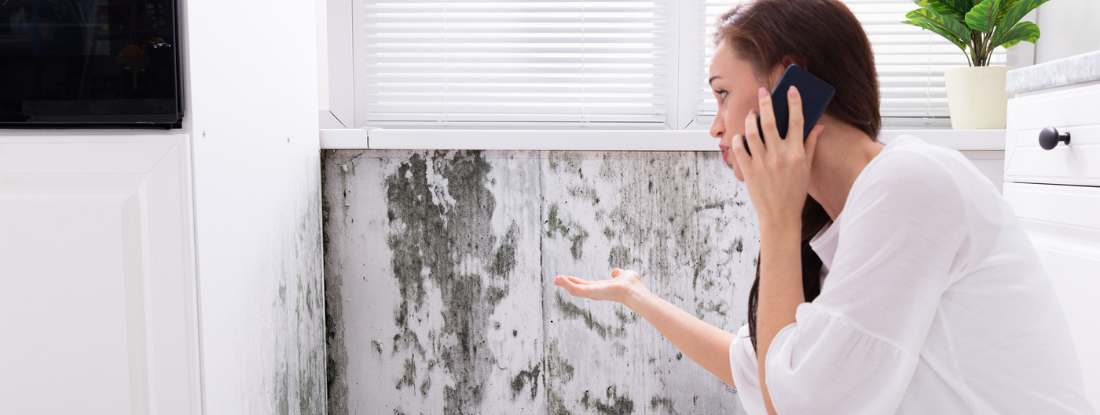Comprehensive Post Mold Remediation Procedures
Comprehensive Post Mold Remediation Procedures
Blog Article
Effective Article Mold And Mildew Remediation Solutions for Your Home
Mold and mildew growth in homes can be a consistent issue, often requiring an organized method for efficient post-remediation services. From recognizing the variables that contribute to mold development to applying correct cleaning strategies and moisture control actions, the procedure can be intricate yet crucial for preserving a healthy living environment. Post Remediation verification.
Understanding Mold Growth Factors
The main aspect adding to mold growth is dampness. Mold spores call for wetness to sprout and thrive, making moist or moist settings very prone to mold invasions.

Moreover, airflow and light direct exposure can impact mold development. Areas that lack appropriate ventilation and all-natural light are more vulnerable to mold development. By addressing these factors adequately, individuals can successfully alleviate mold and mildew development and safeguard their living environments.
Proper Mold Cleaning Strategies
Using effective cleaning approaches is important in dealing with and protecting against the recurrence of mold contamination in interior environments. The initial action in appropriate mold and mildew cleansing is to have the affected location to prevent the spread of spores to unpolluted areas.

Carrying Out Wetness Control Measures
To efficiently stop mold development and contamination in indoor environments, executing moisture control steps is vital. In addition, making sure appropriate ventilation in areas susceptible to moisture accumulation, such as kitchen areas and washrooms, can help reduce the threat of mold and mildew growth. By diligently executing these wetness control procedures, house owners can effectively reduce the likelihood of mold recontamination and maintain a healthy indoor news atmosphere.
Utilizing Natural Remediation Solutions
After effectively carrying out wetness control actions to avoid mold growth in indoor environments, property owners can now explore the effectiveness of all-natural remediation solutions in keeping a healthy and balanced living space. Natural remediation options use environmentally friendly methods to combat mold and mildew and mildew, making them a preferred selection for those looking for non-toxic choices. One such service is utilizing vinegar, an all-natural antimicrobial representative, to disinfect and tidy surfaces polluted by mold and mildew. Simply dilute vinegar with water and spray it onto the influenced areas, allowing it to sit for a couple of hours before wiping tidy. Furthermore, tea tree oil, understood for its antifungal buildings, can be blended with water and splashed onto mold-infested surfaces to hinder additional development. An additional all-natural alternative is hydrogen peroxide, which can efficiently eliminate mold on various surface areas without leaving harmful deposits behind. By integrating these natural removal solutions right into their cleaning regimens, homeowners can efficiently battle mold development while advertising a learn the facts here now much healthier interior setting for themselves and their family members.

Maintaining a Mold-Free Environment
In order to avoid mold reappearance and make sure a continually mold-free environment, it is vital for home owners to execute positive upkeep techniques. Routinely evaluating areas susceptible to mold and mildew development, such as restrooms, attics, cellars, and kitchen areas, is crucial. Addressing any kind of leaks, water damage, or excess moisture promptly can significantly minimize the threat of mold development. testing air quality after mold remediation. Correct ventilation in areas with high moisture degrees is also crucial to stop mold and mildew growth. Using dehumidifiers or exhaust followers can assist preserve ideal dampness degrees and dissuade get redirected here mold and mildew spores from thriving.
In addition, maintaining cleanliness in the home is important for mold avoidance. Keeping indoor plants in check and ensuring appropriate drainage in outside landscape design can reduce dampness accumulation, reducing the chance of mold and mildew infestations.
Final Thought
Finally, it is necessary to address mold growth variables, make use of correct cleansing strategies, carry out dampness control measures, make use of natural removal solutions, and maintain a mold-free environment in order to efficiently manage article mold and mildew removal in your home - After mold remediation. By adhering to these methods, you can protect against mold and mildew from persisting and make sure a healthy and balanced living setting for you and your family
The key aspect contributing to mold growth is dampness. Mold spores need wetness to germinate and flourish, making damp or moist environments highly prone to mold and mildew infestations.To successfully protect against mold growth and contamination in indoor settings, implementing wetness control actions is extremely important. In addition, making sure proper air flow in locations vulnerable to moisture build-up, such as restrooms and kitchen areas, can assist reduce the danger of mold and mildew development.After efficiently executing wetness control steps to stop mold growth in interior settings, property owners can now check out the performance of all-natural removal options in preserving a healthy and balanced living space.
Report this page